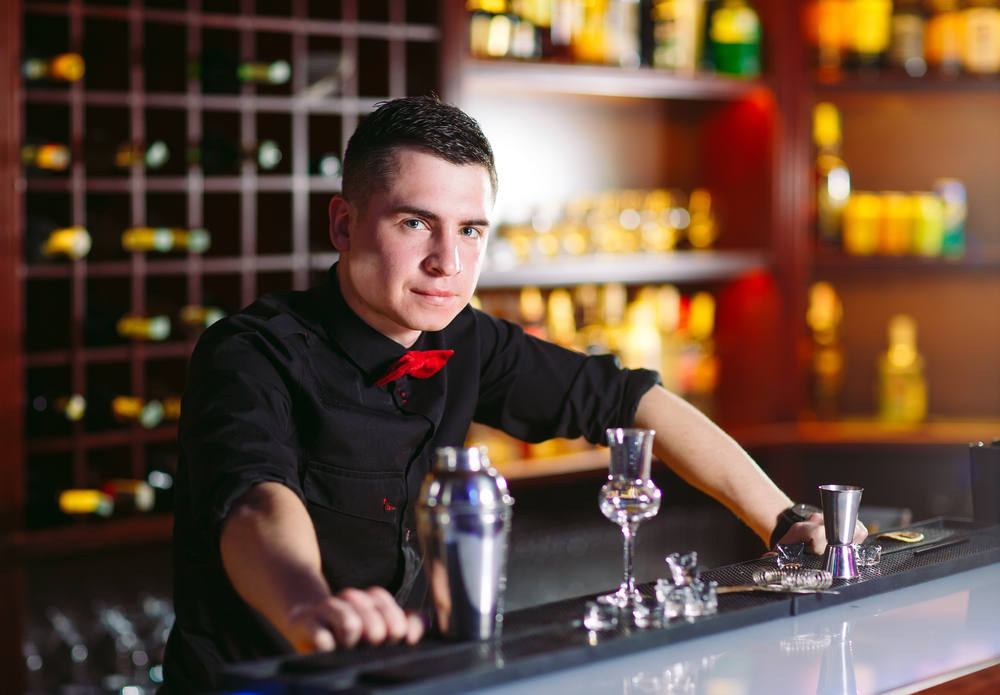Food cost percentage is one of the key metrics for any restaurant. It plays a critical role in deciding how you should price your dishes and is an excellent indicator of general profitability.
It is essential for the long-term viability of your restaurant that you understand food cost percentage - or the restaurant food cost formula - how to use it and, if necessary, how you can bring it down. Therefore, it is extremely important to implement food costing systems in your venue.
Our guide has everything you need to know about food cost percentages in your venue and how you can use them to perform better than ever.
What is food cost percentage?
Food cost is the ratio of the cost of ingredients and the revenue generated by selling the same ingredients as a menu item. This cost is frequently expressed as a percentage.
The term "food cost percentage" can be used to refer to the cost percentage of individual dishes and to the overall cost percentage of your restaurant as a whole. It is a good idea to calculate both of these metrics to get the clearest understanding of your venue's finances.
Food cost percentage is similar to, but distinct from cost of goods sold (COGS). Typically, COGS includes everything that a customer receives when they buy a menu item, including serviettes or packaging. Food cost refers solely to the cost of the raw ingredients.
Why is food cost percentage important?
Understanding your food cost percentage is crucial for any hospitality venue. Restaurant food costs are a major expense. Therefore, it is extremely important you know exactly how much money you are spending relative to the revenue generated by a dish.
Food cost percentage is also significant when it comes to pricing your dishes. By calculating exactly how much you are spending on your food costs, you know how much you need to charge for that dish to earn a healthy profit. Understanding your actual food cost percentage helps to set a target food cost percentage and change your prices accordingly.
Once you have established the food cost percentage of various dishes on your menu, you'll quickly find out which dishes are highly profitable and which are costing money. It is an exceptionally useful metric that immediately paints a crystal-clear picture of how profitable your menu is across the board.
What is a good food cost percentage?
As with any key performance indicator in restaurants, there is no singular food cost percentage figure all venues should aim for. A commonly cited range for ideal food cost percentage is 28-35%.
Different types of venues should approach food cost percentages differently. A fast food venue should aim for a lower food cost percentage to maximise profits, while more upscale full-service restaurants may have to tolerate a higher food cost percentage.
Individual dish food cost percentage formula
The formula for calculating food cost percentage for a single dish is simple. All you need to do is divide the total food cost by the total food sales.
The total food cost is the cost of the ingredients used to make an individual dish, while the total food sales is the revenue generated by selling the dish. To turn the result into a percentage, simply multiply it by 100.
How to calculate food cost percentage for an individual dish
- Determine the cost of each individual ingredient in a dish.
- Add the costs together to determine the total food costs of the dish.
- Divide the total cost by the selling price of the dish.
- Multiply the resulting figure by 100 to get a percentage.
Take the following example: If your restaurant sells a simple dish consisting of chicken ($2), vegetables ($1) and sauces ($0.50), the total food cost for that dish is $3.50. If that dish is sold for $10, then the food cost percentage is 35%
Entire restaurant food cost percentage formula
Another enlightening metric you can use in your restaurant is the food cost percentage of your venue as a whole. This provides a holistic picture of the overall profitability of your venue relative to food and beverage costs.
The food cost formula for your entire venue involves taking your beginning inventory, adding purchases made over a given period, and then subtracting your remaining inventory. Then, take the resulting figure and divide it by the total revenue of food sales during the same time period.
How to calculate food cost percentage for entire restaurant
- Choose a particular time frame to calculate food cost percentage (typically a week or a month).
- Determine your starting inventory value from your given start date.
- Add any purchases made on food supplies within the time period.
- Calculate the value of your remaining inventory at the end of the time frame.
- Subtract your ending inventory from the sum of the starting inventory plus additional purchases.
- Divide the resulting figure by the total food sales revenue during the given period.
- Multiply the resulting figure by 100 to get a percentage.
Let's apply this method to a hypothetical restaurant based on the following figures:
- Starting inventory value: $5,000
- Additional purchases: $15,000
- Ending inventory value: $4,000
- Total food sales revenue: $50,000
Applying the formula laid out above gives the following calculation:
($5,000 + $15,000 -$4,000) ÷ $50,000 = 0.32
0.32 × 1000 = 32
Therefore, this restaurant's total food cost percentage is 32%.
How to use food cost percentage in menu pricing
In order to price your menu properly, you must decide on your ideal food cost percentage. This requires a comparison, which you can perform when you calculate actual food cost percentage. For example, the actual food cost percentage for the chicken and vegetable dish listed above is 35%.
If you conclude that this percentage is too high for your venue, you may decide that your ideal food cost percentage is 28%. This number is closer to the lower end of the industry standard.
In order to determine your menu prices, you can apply the following formula:
- Determine your raw food cost. In the example of the chicken dish, the raw food cost was $3.50.
- Divide the raw cost by your determined ideal food cost percentage. In this example, this calculation would be $3.50 ÷ 28%, which is equal to $12.50.
You now know that in order to achieve your desired food cost, this dish should be priced at $12.50 rather than $10.
How to reduce food cost percentage in restaurant
You can take many steps to bring down the food cost percentage in your restaurant. For more information on increasing your venue's profitability, check out our complete guide to increasing profit margins in your restaurant.
- Increase menu prices: The simplest way to reduce your food cost percentage is to increase menu prices. Use your ideal food cost percentage to come up with menu prices that assure long-term profitability in your restaurant.
- Use low-cost ingredients: Finding ways to use cheaper ingredients without sacrificing the quality of your menu is an important step in reducing your restaurant's food cost percentage. Consider the addition of low-cost side dishes like rice and salad, and using readily available seasonal ingredients.
- Minimise food waste: An excellent step you can take for better food cost control in your venue is to minimise food waste. Take stock of your inventory practices and find out why your stock is ending up in the bin. For more information, check out our complete guide to cutting down on food waste in your restaurant.
Boost your restaurant operations with ResDiary
Calculating complex figures such as food cost percentage requires strong data acquisition. ResDiary is the perfect table management system to help do that, with excellent reservation functions and a host of integrations including EPOS systems. We help your restaurant operate smoothly and collect accurate data while doing it.
ResDiary can also help your restaurant perform better in myriad other ways. With promotion solutions and targeted marketing campaigns, we can help you get more diners into your venue and work towards repeat business.
Discover how your team can work more happily and efficiently with help from the right technology, like ResDiary's restaurant booking system. We've created a great guide to help you optimise operations in your restaurant, bar, or hotel.
.jpg)



